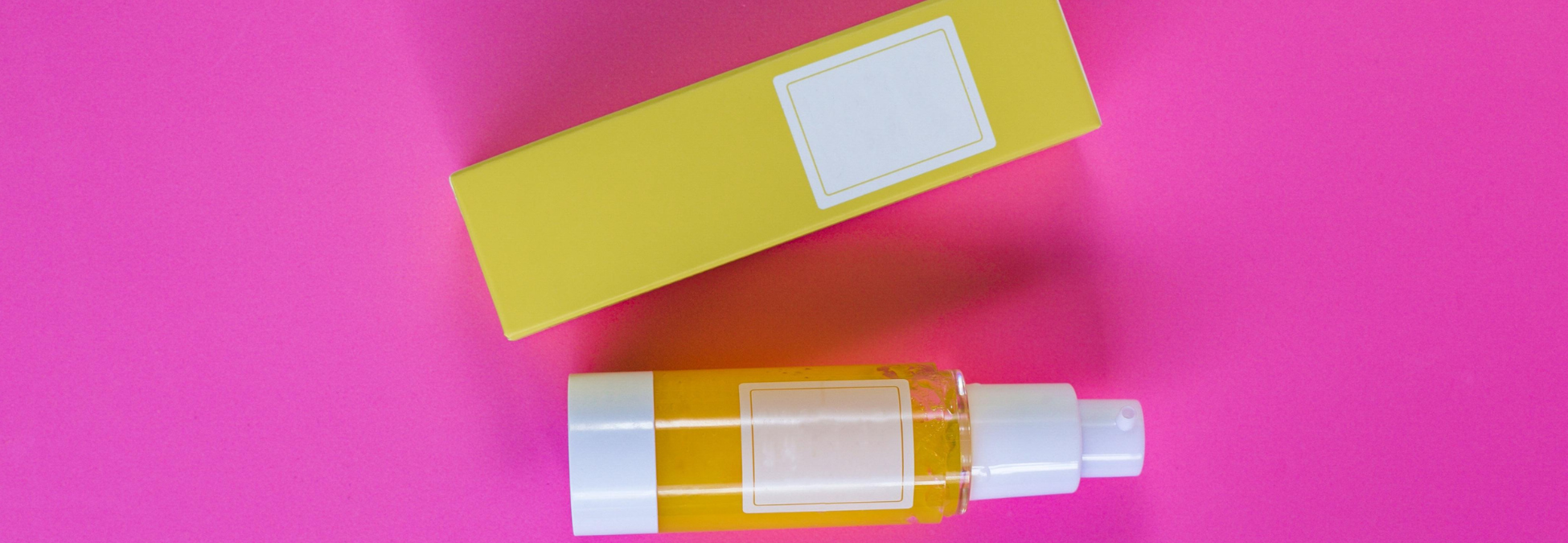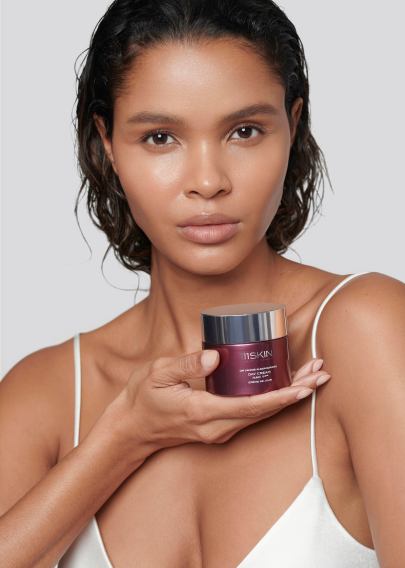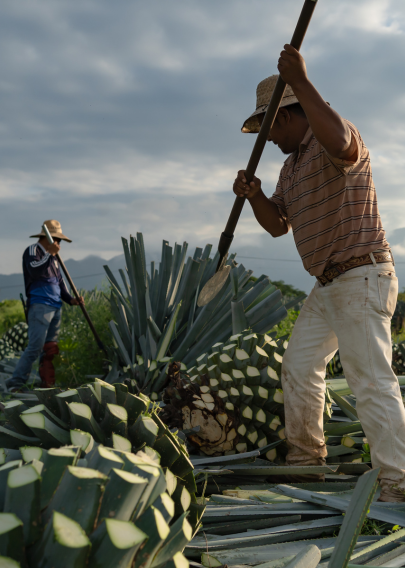The environmental impact of packaging is about so much more than the packaging itself. Luxury businesses need to be focusing on the waste stream and investing in innovative solutions to ensure that their ‘sustainable’ packaging does not just end up in landfill.
What’s better for the environment – standard plastic bottles or biodegradable plastic? We all agree that plastic is not good, however there are 7 kind of plastics and in most countries, PET1 (Polytheylene Terephthalate – the kind of plastic used on everything from bottles for soft drinks to peanut butter jars and vegetable oil containers) is the most commonly used globally and therefore there is a waste stream to recycle it. You would assume that biodegradable plastic is better than PET1 for packaging but this is not actually the case.
In the United States, the use of environmental claims in advertising, marketing, and other promotional materials (including through websites and other internet communications vehicles) has been addressed by the U.S. Federal Trade Commission (FTC). Practices concerning environmental claims, including any concerning degradability/biodegradability and compostability, are more specifically addressed in what is referred to as FTC’s ‘Green Guides’.
The FTC has explicitly indicated in the Green Guides that unqualified degradable claims for items that are usually disposed of in landfills are deceptive because these locations do not present conditions in which complete decomposition will occur within one year. The Green Guides further state that a degradable claim should be substantiated and qualified with respect to ‘the product’s or package’s ability to degrade in the environment where it is customarily disposed.’ In light of this, the EPI (Environmental Performance Index) advises its manufacturer and end-user customers not to make any environmental claims in the United States concerning the degradation and/or biodegradation of products made with TDPA, an additive used to make single-use oxo-biodegradable plastic products.
The Green Guides and some U.S. state laws also address claims concerning compostability. Accordingly, for those selling products in the United States that make claims related to composting, EPI recommends that manufacturers and companies selling or using products with TDPA review and be mindful of these requirements as well.
Simply put, you cannot think about packaging without thinking about the waste stream. So, what packaging alternative are available? The incoming innovations that have caught our eye are:
1. ACTIVE PACKAGING
This type of packaging interacts with its contents, often with the goal of increasing the product’s shelf life. The packaging comes into direct contact with the product to release compounds that enrich it, or eliminate components from the immediate environment, i.e. light filtering materials, ethylene absorbers, oxygen absorbers, moisture-control, antimicrobial coating, and more. An example of this is adding oxygen absorbers to the cap in a plastic beer bottle, increasing the shelf life from three to six months.
2. INTELLIGENT PACKAGING
Intelligent packaging involves sensors and indicators that monitor the product’s condition to provide information about its status. This includes tightness, temperature, freshness, storage time, and so forth. For instance, food packaging may change colour to indicate leaks or salmonella contamination.
3. SKIN PACKAGING
This packaging is compact and air-cushioned, and its interior is lined with bubble wrap to absorb any shock or impact during transportation. This plastic is a fully recyclable polymer and reduces waste during transport.
Whichever innovative packaging solution luxury companies choose, they find themselves facing a complicated journey to true sustainability. They need to be thinking about who makes that packaging, where that packaging is made, how the people making that packaging are treated, and so many more complicated questions. Positive Luxury explore this idea and detail how luxury businesses can build collaborative relationships with their suppliers (and vice-versa) that will help them accelerate their journey to becoming truly sustainable in our complimentary latest report, The Future of Sustainable Sourcing
< Back








